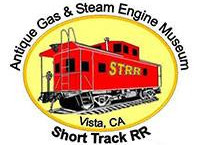
Donner Pass Railroad History from Roseville to Sparks
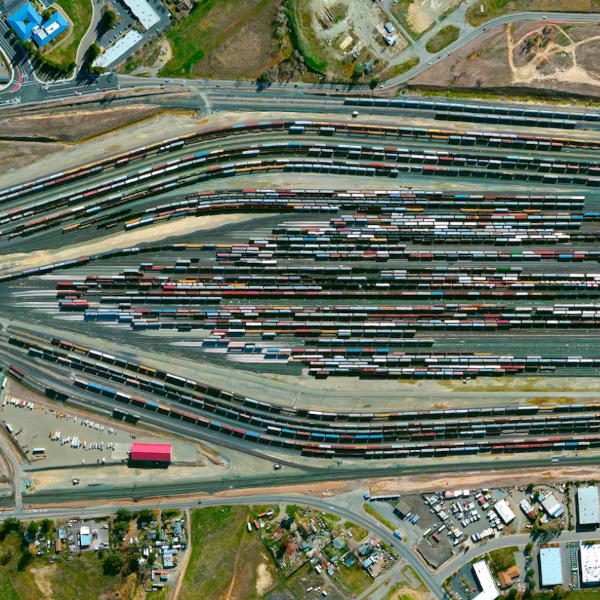
Roseville
At the starting point of the Donner Pass Railway lies the city of Roseville near the Sacramento metropolitan area. In the 1860s, the Central Pacific Railroad chose this area as a junction point for their railroad, leading to the town’s development. The railroad played a significant role as a major employer, bolstering the local economy. Today, Roseville flourishes as a bustling suburban community, boasting a prosperous economy and a heritage replete with rich history. Roseville’s train yard became one of the biggest train stations in the west coast, and has consistently been one of the area’s most essential economic developments.
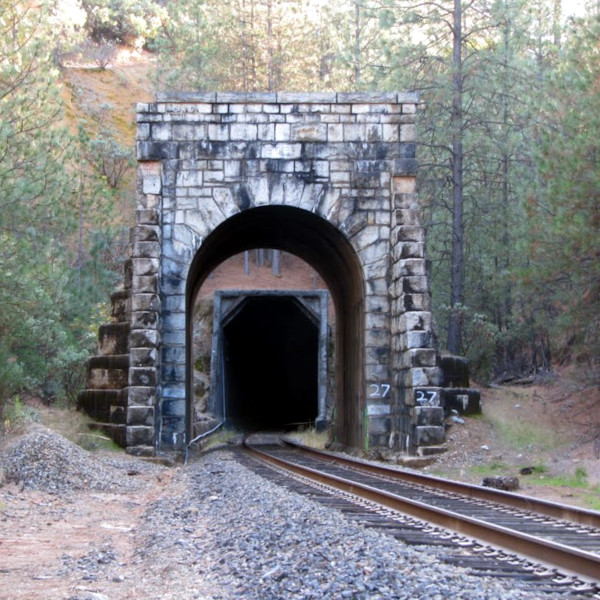
Applegate
Passing through 12 tunnels, roughly 28 miles from Roseville, lies the town of Applegate. The town was named after a local rancher named Samuel Applegate, who owned land in the area. The construction of a rail line by the Central Pacific Railroad in the late 1800s led to the town’s development. The railroad played a crucial and active role in boosting the local economy, becoming a major employer. Near Applegate, there is a fruit orchard farm called “Weimar Farm” that sells a variety of fruits and vegetables. This place is located between Applegate and Colfax, California.
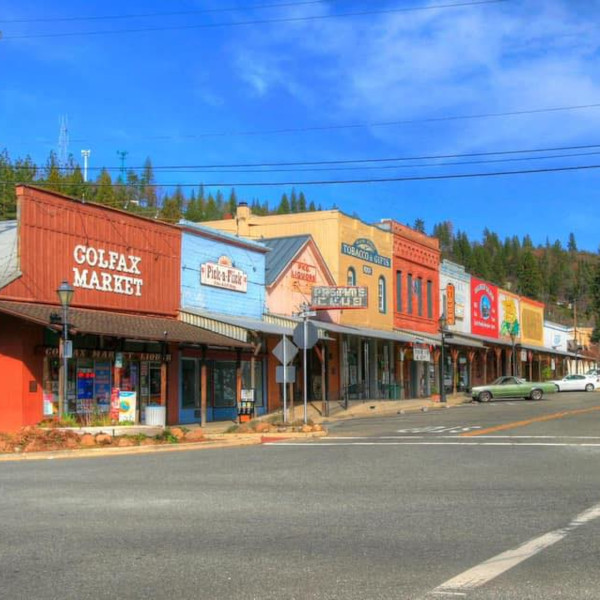
Colfax
The town of Colfax, located just about 8 miles up from Applegate, was founded in the mid-1800s during the Gold Rush period. The town derives its name from Vice President Schuyler Colfax, who served alongside President Ulysses S. Grant. In 1865, Schuyler Colfax, who was the Speaker of the House before being elected vice president, visited the town to inspect the progress of the Central Pacific Railroad. Colfax plays a crucial role in boosting the local economy, resulting in the rapid growth of the town as a stop along the Donner Pass Railway.
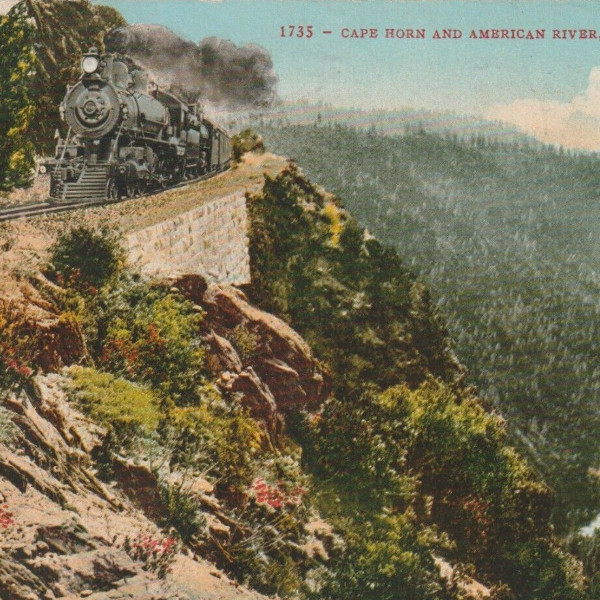
Cape Horn
A place called Cape Horn is located eight miles away from Colfax. In September 1865, the Central Pacific Railroad constructed a train route through the mountain, posing a significant challenge for the Donner Pass Railway. The project reached completion in September 1866. Cape Horn played a crucial role as both a landmark and an engineering achievement along the train route in the 1860s, contributing significantly to the successful completion of the transcontinental railroad. It played a vital role in constructing the First Transcontinental Railroad, representing one of the major feats that contributed to its completion.
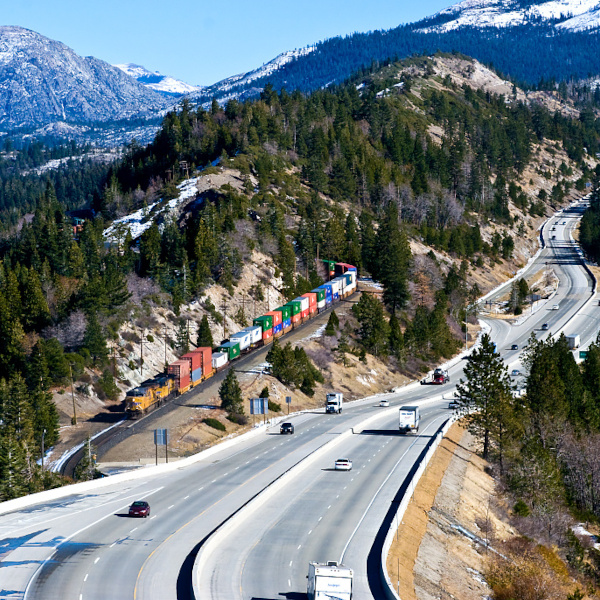
Emigrant Gap
Emigrant Gap, a railroad located 25 miles away from Cape Horn, held a close association with the train route during the construction of the First Transcontinental Railroad in the 1860s. The railroad traversed through Emigrant Gap, playing a significant role in its development as a vital stop along the route. Emigrant Gap earned its name from its function as a low gap on a ridge, serving as a crossing point for wagons of emigrants between the American River drainage and the Bear River drainage.
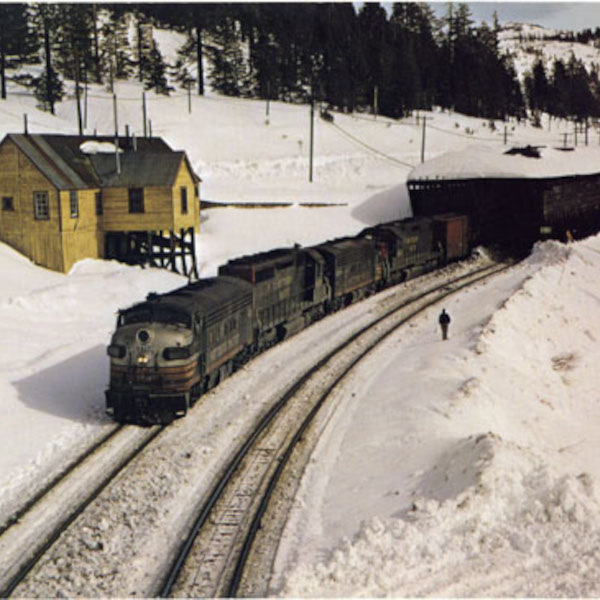
Norden
Norden, located beyond Emigrant Gap, is a place where several snow sheds have been constructed to facilitate train passage. These snow sheds are tunnel-like structures equipped with sloped roofs designed to redirect snow away from extensive stretches of railroad tracks. In 1923-1925, a new facility was established at Norden, connecting the previous tracks from Tunnel 6 with the new tracks from Tunnel 41 along the Donner Route. Norden actively supported the railway’s operations, serving as a vibrant hub for train traffic and making a substantial contribution to the region’s growth and prosperity.
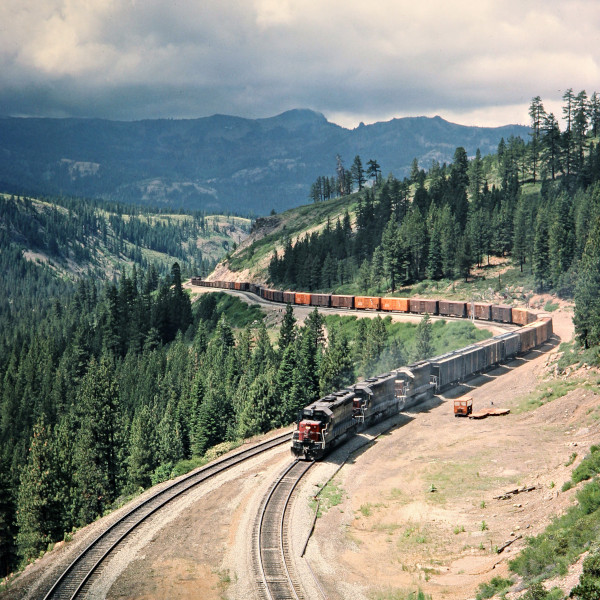
Andover
Westbound trains climbing out of Truckee around to the top end of the Stanford Curve would pass through Andover station on their way into the long tunnel under the eastern slope of Donner Summit. Originally this section of the single track would have been covered with a long set of snow sheds. However, when the route was double tracked in 1925 with the addition of a longer but lower elevation tunnel (known as the “big hole”), the Southern Pacific Railroad did not see the need to maintain the snow sheds and station and subsequently removed them.
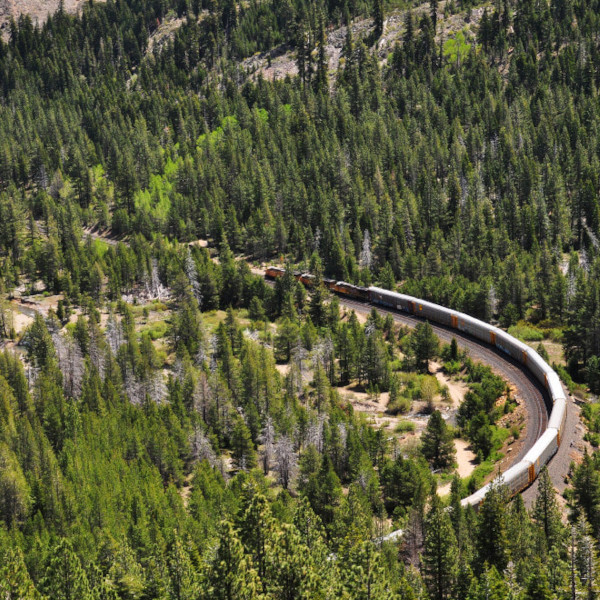
Stanford Curve
This horseshoe curve lies 5 miles west of Truckee and remains a remnant of the original Transcontinental Railroad. It was named after Leland Stanford, then president of the Southern Pacific Railroad and builder of the western portion through the Sierra mountains. The elongated route provided both a means to travel around Cold Creek Canyon and a gentler slope for westbound trains to make the climb up to Donner Summit. Stanford’s brother operated a lumber mill in a section called “Stanford Flats” which included a siding and a small station, which have since been removed.
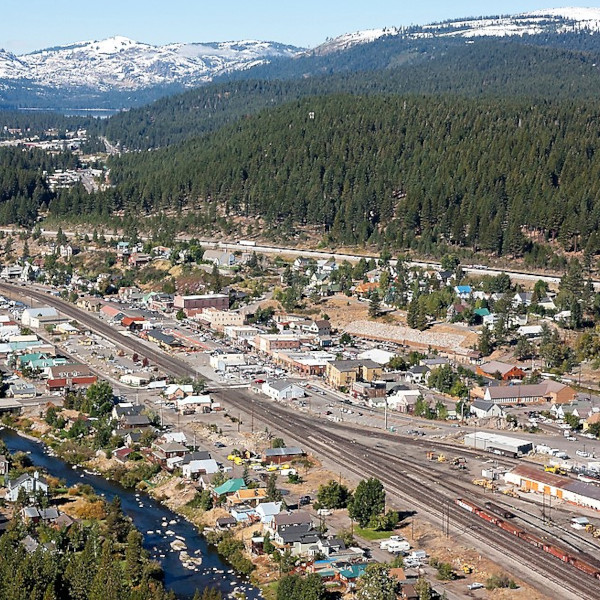
Truckee
Truckee’s origin pre-dates the railroad as emigrants passed through on their way to California’s valleys to the west. The ill-fated Donner Party of 1846 was not so lucky as many perished during a heavy winter stuck at Donner Lake near Truckee. The Central Pacific Railroad used Truckee as a staging point to lay track from both sides of Donner Summit through tunnels painstakingly chiseled through by Chinese immigrants. Once the railroad was completed, Truckee became a “helper” district for the railroad, supplying extra locomotives to pull 100-car trains up the Donner grade and snow plowing engines to keep the tracks clear in the winter. Logging was also an important industry with one of the largest mills built in 1955 and operated on the vacant rail yard site to the east of town.
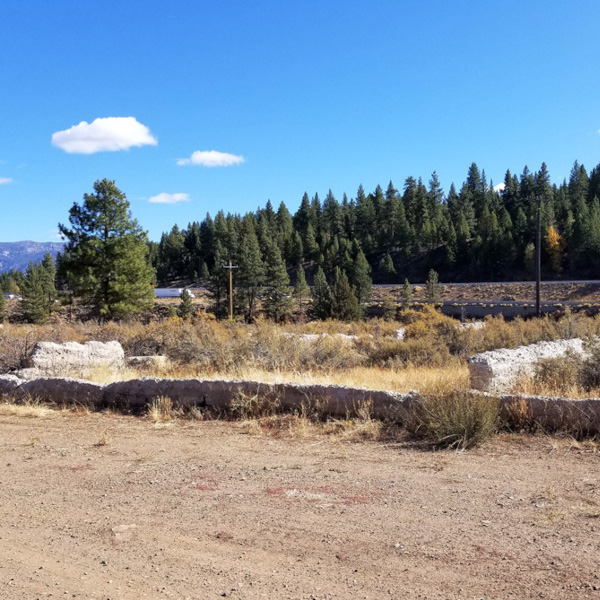
Boca
Eight miles east of Truckee at the mouth of the little Truckee River laid the town of Boca, which came from the Spanish word for “mouth.” In its early days of the Transcontinental Railroad, Boca sported a lumber mill town in the summer, Ice farm in the winter, and a world-famous brewery. The area also had its own railroad spur to transport its goods. Nevertheless, these industries disappeared by the early 1900’s. All that remains today of the historic Boca townsite are a cemetery and the remnants of the old concrete foundations of icehouses along the railroad line and I-80.
